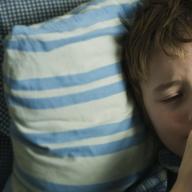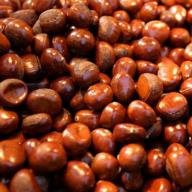To radically change hair color, a similar desire occurs with periodic regularity in almost all women. Now, when the range of colors is simply amazing, only the chosen representatives of the fair sex are able to resist such a temptation. But after regular, many years of experiments, it remains only to state with regret - the curls have become weak, porous and overdried. Yes, along with the change in the image, the structure of the strands also changes, and not for the better.
Huge competition in the cosmetics market forces manufacturers to fight for a potential buyer, and constantly improve the quality of their products. Competition is the engine of progress! And now, persistent aggressive compounds with a pronounced destructive effect have been replaced by demi-permanent hair dyes. Modern beauties can rejoice, such products do not contain ammonia, which means they do not destroy the hairline.
Curl toning. Who is suitable for this procedure? What are the pros and cons of tinting? Is it possible to do hair tinting at home? How long does the effect last? What compounds should be preferred? Perhaps, there are a lot of questions that have accumulated, and they require urgent investigation.
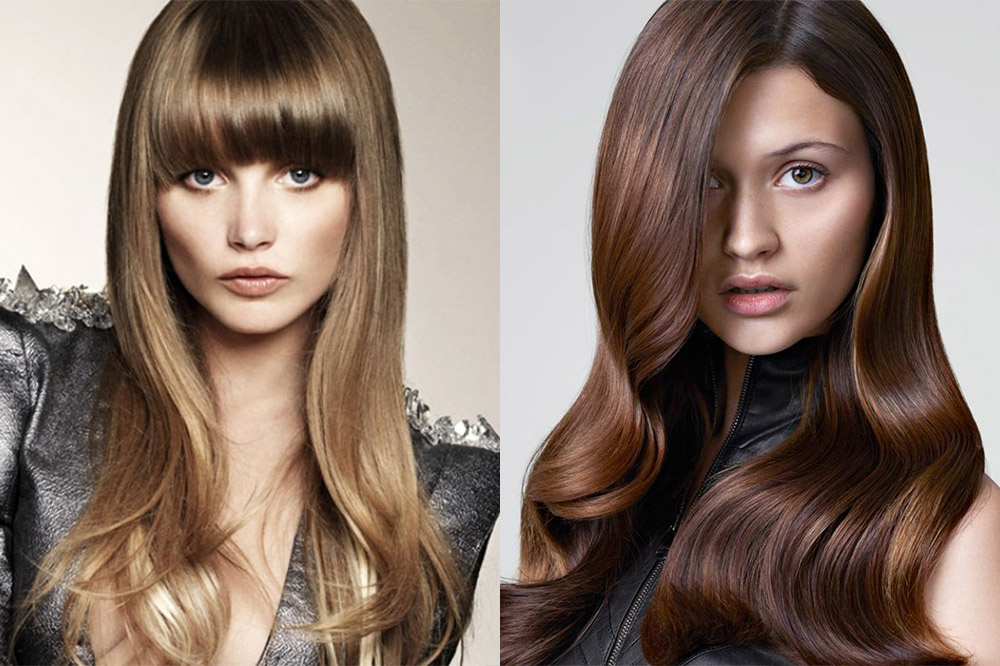
Who suits?
Absolutely all girls can do toning strands. This procedure is equally suitable for blondes, brunettes, brown-haired women and, of course, golden-haired beauties. It should immediately be noted that on dark strands the effect will be less expressive than on light ones. But this does not mean at all that the result will not be noticeable. After tinting, the curls will acquire a deep, saturated color, which will add extra volume and visual density to them.
On dark hair, it is advisable to apply tinting compositions several tones darker than the natural color of the strands. After all, most products are not able to lighten the hairline.
And it doesn’t matter at all whether you did bleaching and coloring before or not, because with the same efficiency you can tint both natural and dyed curls.
However, statistics show that blondes most often resort to such manipulations with their hair. This is easily explained by the natural desire to get rid of the yellowish color that appears after lightening, and give the strands a noble ash, steel, pinkish tint.
Sometimes it happens that, tired of regular bleaching, and pretty spoiling the strands, the girls want to return to their natural color. In this case, toning is the best fit, because you can easily achieve a natural color, in which the regrown roots will absolutely not differ from the entire curl, and the gentle effect of the paint will not strike weakened hair.
Gradient coloring of curls over the past few years has occupied a leading position in the list of hairdressing services.
- ombre;
- sombre;
- balayage;
- shatuzh.
All these techniques are a kind of miling, in which only part of the curls is discolored. It turns out the effect of naughty strands burned out under the sun's rays. In girls, this technique is overwhelmingly popular. And if you do toning on top of gradient staining, then for sure the effect will exceed all conceivable and unimaginable expectations.
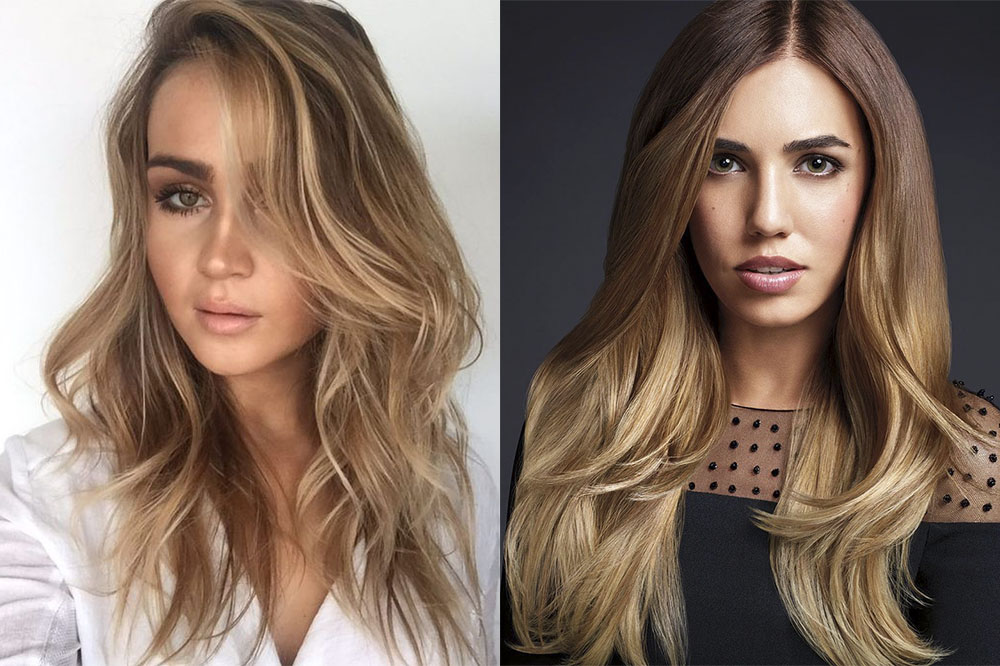
Can I do my own toning?
Not always, for objective reasons, it is possible to do the tinting procedure in the salon with a qualified specialist. However, you can always muster up the courage to do it yourself at home or, in extreme cases, call your best friend for help.
For this you can use:
- demi-permanent, ammonia-free paints;
- toning shampoos;
- balms - tonics.
Toning shampoo, foam and balm and mask change the color of curls as a result of physical processes. Coloring pigments, showing miracles of adhesion, envelop the hairs and form a thin colored film on their surface. Or they clog all the gaps between the cuticle scales, but do not affect the cortex at all, which means they do not destroy the integrity of the inner part.
If everything is clear with lotions, balms and tinting shampoos, then it is worth dwelling on paints in more detail.
Ammonia-free paint fiction or reality?
One can endlessly discuss the safety of ammonia-free paints, but it is unlikely that it will be possible to reach a consensus and complete understanding on this issue. Like all theories, there are supporters and opponents. Many craftsmen willingly trust manufacturers' claims, and are happy to use them in their work, and note positive results, with a clearly sparing effect. Others are perplexed considering the composition of the products, where ethanolamine is present, which, by its nature, is a compound of ammonia and ethylene oxide.
The ethanolamine molecule is 3.5 times larger than the ammonia molecule, therefore, it evaporates with much less intensity during staining, and does not injure the mucous membranes of the respiratory system and eyes. It has a less pronounced specific smell, which, moreover, most manufacturers drown out with all kinds of fragrances.
Interacting with hydrogen peroxide, ethanolamine, like ammonia, softens the hair structure and starts the dyeing reaction. However, a low percentage in the oxidizing agent does not completely destroy the hair, and the coloring pigment enters only the surface layers. This explains the short-term effect after the toning procedure.
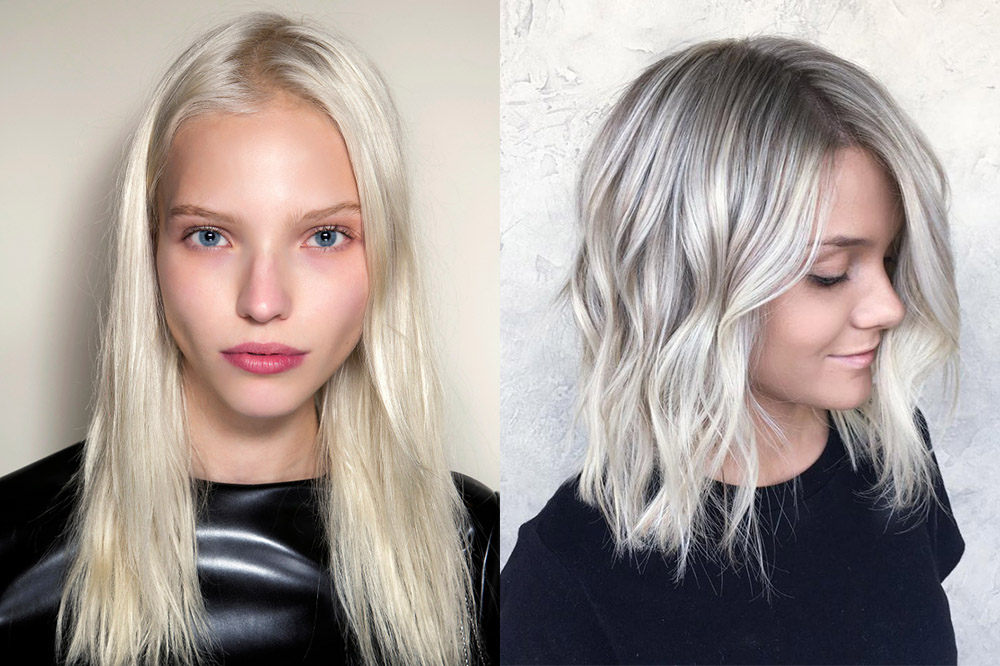
We tint ourselves at home
It is absolutely not necessary to take a tidy sum of money to the salon, you can do the toning yourself with your own hands, and spend the saved part of the money on high-quality masks, balms and shampoos, and regularly pamper your hair with impromptu SPA procedures.
But in order for the end result to give you satisfaction and joy, and not bitter regrets, you must strictly follow all the manufacturer's recommendations indicated in the instructions.
You can apply the composition on both dry and wet curls, if there are restrictions, then the manufacturer must mention them in the instructions. In cases where you prefer dry strands, keep in mind that the color on them appears much faster. Be sure to follow the tinting, starting from 10 to 20 minutes. It is during this time that the reaction and pigmentation occur, it does not make sense to keep the composition on the hair longer.
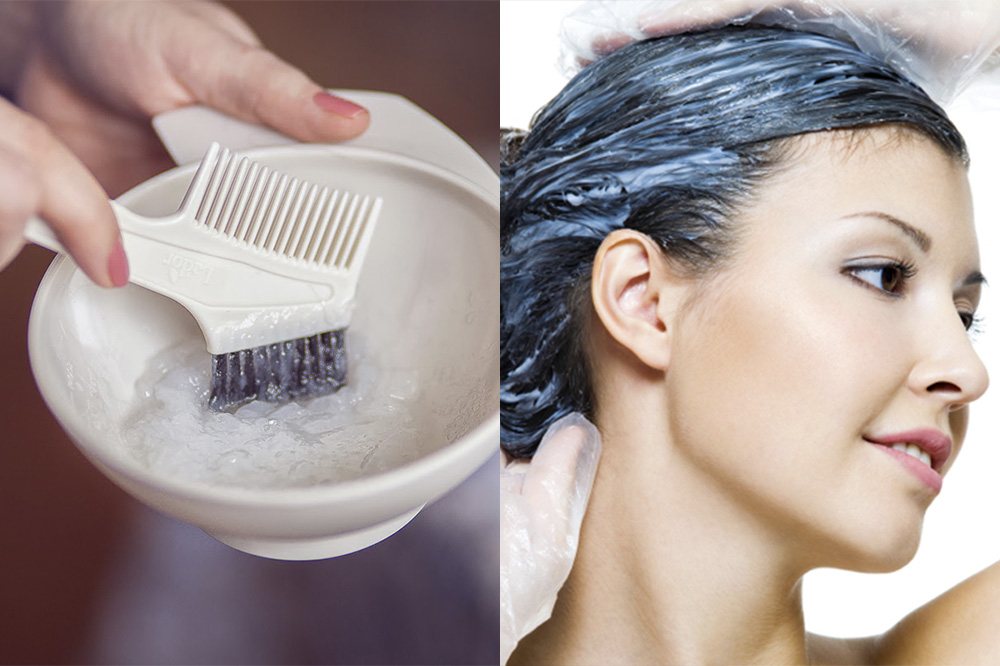
- The instructions do not always indicate that the hair should be washed before tinting. But since it is necessary to wash off the coloring composition without using shampoo, this item should not be skipped.
- Mix the coloring composition in a non-metallic bowl. If you do not have a special container for paint, use porcelain or glassware that does not have all kinds of patterns and glazing.
- Do not do "approximately" and "by eye", everything should be exactly like in a pharmacy. Of course, those who are not engaged in hairdressing are unlikely to have special scales, but you can successfully use the usual electronic ones that you or your friends will probably find in the kitchen. The proportional ratio must be maintained with absolute accuracy so that the oxidizing agent and the coloring composition react and show all their properties with maximum efficiency.
- If the hair is prone to tangles, and combing gives a lot of difficulties, then use a little trick that will greatly facilitate the dyeing process. Dry the curls and straighten them with electric irons. Now it will be much easier to separate the strands and distribute the tinting agent over them.
- Apply a protective agent to the curls before painting. Although some manufacturers recommend adding protective composites directly to the coloring composition. So Estel developed a chromoenergy complex for this purpose. You only need to add the contents of the ampoule to the prepared tinting mixture.
- In order not to stain your clothes, wrap yourself in a large towel or cape.
- Put on gloves, and methodically separating strand by strand, apply the prepared product to them.
- Leave for 20 minutes. Then rinse with plenty of running water without using shampoo.
Please note that ammonia-free paints containing ethylene oxide require more thorough rinsing than their previous generation counterparts.
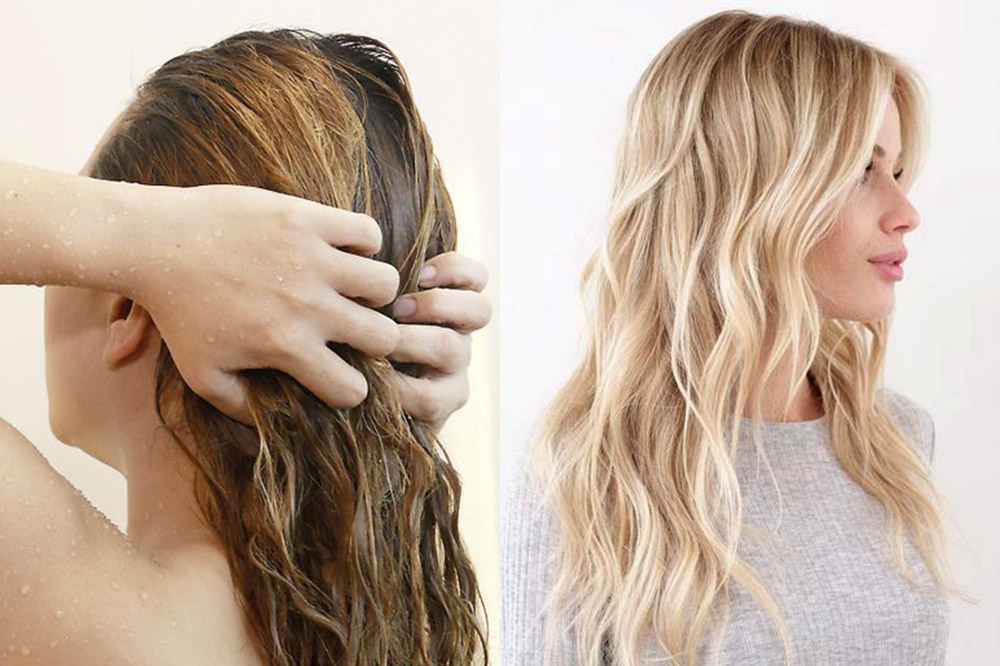
On sale you can find oxidizing agents 1.5%, 3%, 6% and even 12%. And of course, for girls who do not have professional knowledge in the field of hair coloring and toning, the question immediately arises, which oxidizer is right for me? Thinking logically, one can come to the conclusion that the greater the percentage of hydrogen peroxide in the activator, the better the dye will lie on the hair, and the effect will last longer. And they are wary of the 1.5% composition, worrying that the percentage is small and you can not get any coloring effect, but just spend time, money and hit your hair.
But it is precisely such reasoning that is erroneous, in fact, the greater the percentage of hydrogen peroxide, the less deep and unsaturated, the color on the curls turns out, and the faster it is washed off. Therefore, most masters in beauty salons use a 1.5% solution, only in cases where there is a bright yellow tint, they resort to a 3% composition.
The proportional ratio is recommended to be observed 1 to 2. For one part of the dye, 2 parts of the oxidizing agent are taken. This is the best option for toning. If, however, take 1 to 1, then the color will turn out to be more dense and saturated. In cases of 2 to 1 (2 parts paint 1 part oxidizer), you can change the color by 3 tones. (At a 2:1 ratio, 9% oxidizing agent is used for mixing to balance the pH of the coloring composition.)
Please note that a pure blond of 8, 9 and 10 levels of tone depth can only be obtained by powder bleaching.
Probably, most of all, blond girls are afraid that after tinting their hair will become bluish, purple or green. Such undesirable consequences are quite possible on 9 and 10 tones. However, if this still happened, do not fall into despair. It is necessary to muster the will into a fist and immediately decapitate. To do this, it is necessary to rinse the curls under a large amount of running water and apply a brightening mixture to them, consisting of powder and 1.5% oxidizer in a ratio of 1 to 7.
To easily distribute the clarifying mixture, consisting of powder and activator through the hair, add a little regular shampoo to it.
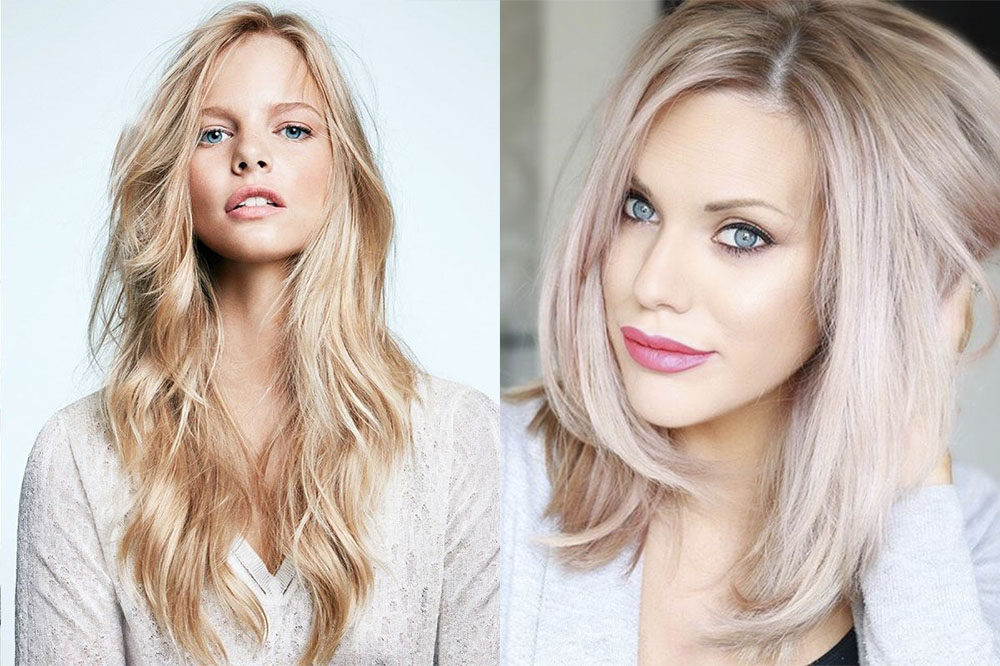
After 3 minutes, the unwanted blue, green, purple, tint will disappear. Rinse off, apply a balm to stabilize the color and enjoy the result.
As you can see, it is not at all difficult to get rid of negative effects, but it is quite possible to prevent them. Colorless cream neutral corrector, will avoid the overaccumulation of coloring pigments, and significantly increase the period when the toning effect is preserved. It is enough just to add it to the tinting composition of the dye and activator.
For the same purpose, professional stylists use not one, but several dyes of various shades. With proper combination, tinting pigments neutralize each other, and an unwanted color is not formed.
You can ask a master hairdresser who specializes in coloring and dyeing how to get the optimal color ratio that suits you. Many will gladly provide this service. If no one agrees to reveal professional secrets, after spending some time, you will be able to independently deal with the secrets of combining dyes, using the color wheel and the basic principles of coloring.
| Total comments: 0 | |


